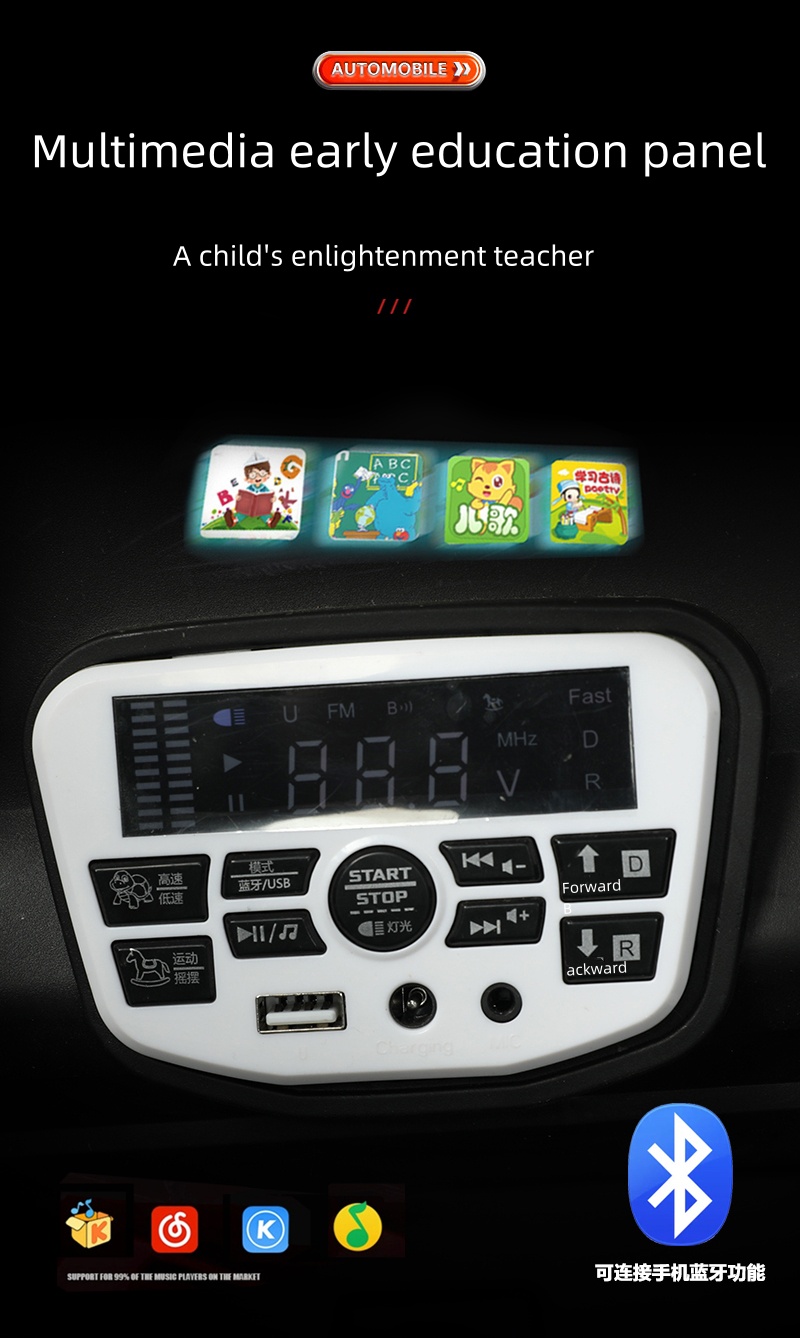2 or 3 wheel scooter for 6 year old
Choosing Between a 2-Wheel or 3-Wheel Scooter for a 6-Year-Old
When it comes to selecting the perfect scooter for your 6-year-old, one of the crucial decisions parents face is whether to choose a 2-wheel or a 3-wheel scooter. Both types have their unique advantages and can cater to different needs and preferences. This article explores the benefits and shortcomings of each option to help you make an informed choice.
The 2-Wheel Scooter
2-wheel scooters are often favored for their agility and speed. These scooters can provide an exhilarating ride and allow children to perform tricks as they become more skilled. For a 6-year-old who is adventurous and has a good sense of balance, a 2-wheel scooter might be the perfect choice.
Benefits
1. Stability at Higher Speeds While young riders may need some practice to maintain balance initially, once they get the hang of it, they can ride faster without the scooter feeling cumbersome. 2. Maneuverability 2-wheel scooters are typically lighter and easier to maneuver, making it simpler for children to weave around obstacles in a park or neighborhood. 3. Durability Many 2-wheel scooters are made with fewer moving parts, which can lead to less maintenance over time.
Considerations
However, it’s important to note that 2-wheel scooters require a greater level of balance and control. Young children may find them challenging if they haven’t had prior experience riding scooters, bicycles, or other similar vehicles. Additionally, as they ride more, they become more prone to falls and scrapes, so appropriate safety gear like helmets and knee pads is essential.
The 3-Wheel Scooter
2 or 3 wheel scooter for 6 year old

On the other hand, 3-wheel scooters are designed with stability in mind. These scooters are often the go-to choice for younger riders and beginners. The third wheel adds an element of balance that can provide a sense of security for a child who is just starting to learn.
Benefits
1. Increased Stability The design of 3-wheel scooters makes it much harder for children to tip over, allowing for a smoother and safer riding experience. This is especially beneficial for those who might struggle with balance. 2. User-Friendly With handlebars that often tilt, children can easily steer without needing to shift their weight significantly. This feature can help them develop fundamental riding skills. 3. Robust Construction Many 3-wheel scooters are built to withstand rough handling, ensuring they can endure the wear and tear of young riders.
Considerations
However, while 3-wheel scooters are stable, they can be bulkier and less agile than their 2-wheel counterparts. This can limit their speed and the ability to perform tricks as children develop their skills. In some cases, they can be heavier, which can make them harder for younger kids to maneuver and carry.
Making the Choice
Ultimately, the decision between a 2-wheel or 3-wheel scooter will depend on your child’s personality, riding experience, and where they will be using the scooter. If your little one is adventurous, has previous experience riding, and is eager to learn new skills, a 2-wheel scooter can offer excitement and freedom. Conversely, a 3-wheel scooter is likely the best choice for a beginner or a child who may need a bit more support and stability as they learn the ropes.
In conclusion, both types of scooters have their own distinct features that appeal to different young riders. Regardless of your choice, ensuring that your child wears the proper safety gear and rides in safe environments will help guarantee a fun and enjoyable experience. Happy scooting!
-
Children's Tricycle: Enlarged Seat, Sunshade & Safety Push BarNewsAug.31,2025
-
Sports Kids Bike: High Carbon Steel Argon Arc Welded Frame | Beautiful GiftNewsAug.30,2025
-
Ultimate 24V Children's Car: Power, Fun & Safety for KidsNewsAug.29,2025
-
Children's Electric Car Ride Ons: 2-Seater, Bumper & Audi ModelsNewsAug.28,2025
-
Understanding Voltage in Battery for Children's Motorized CarNewsJun.05,2025
-
Safety Features to Look for in an Electric Car for KidsNewsJun.05,2025
